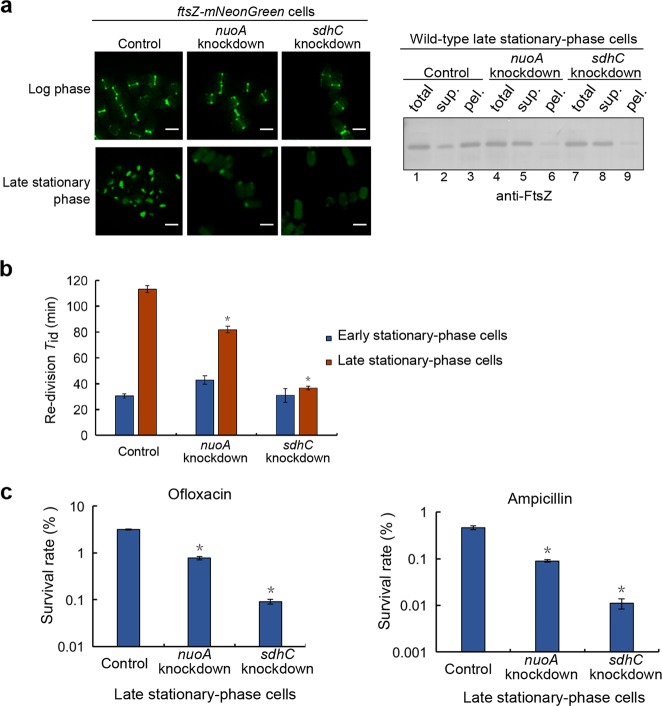Fig. 5. Mutant bacterial cells with a reduced formation of regrowth-delay bodies exhibit a shorter duration of regrowth lag as well as a lower tolerance to antibiotics.
a Fluorescence microscopic images of the log-phase or late stationary-phase ftsZ-mNeonGreen cells having a knockdown of either the nuoA or the sdhC gene. Cells expressing a non-targeting CRISPR RNA were analyzed as the control. Scale bars, 1 μm (left panel). The immunoblotting results for detecting FtsZ in the indicated cell lysate fractions, as probed with anti-FtsZ antibodies (right panel). b Re-division Tid values of early (blue bars; cultured to 12 h) or late (red bars; cultured to 24 h) stationary-phase cells of the indicated gene-knockdown strain. Here wild-type cells in which a non-targeting crRNA was expressed from a plasmid were analyzed as the control. c Survival rates of the late stationary-phase wild-type (control), nuoA-knockdown or sdhC-knockdown cells that were re-cultured in fresh medium after being treated with ofloxacin (5 μg/ml) or ampicillin (200 μg/ml). The survival rates were calculated according to the equation: (CFU of the antibiotic-treated cells)/(CFU of the untreated cells) ×100. The symbol * in b and c denotes a significant difference between the compared pair of samples (P-value < 0.05, t-test). At least three biological replicates were analyzed for obtaining each value

